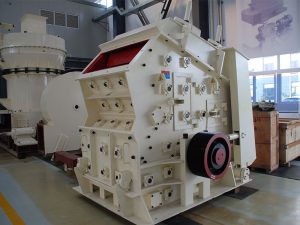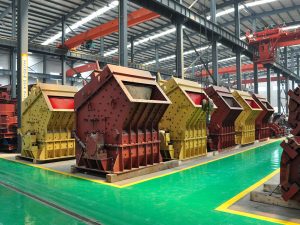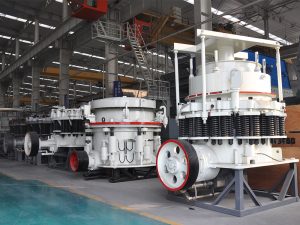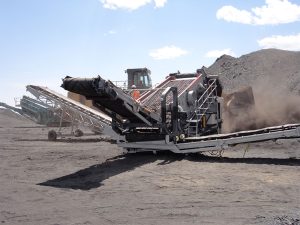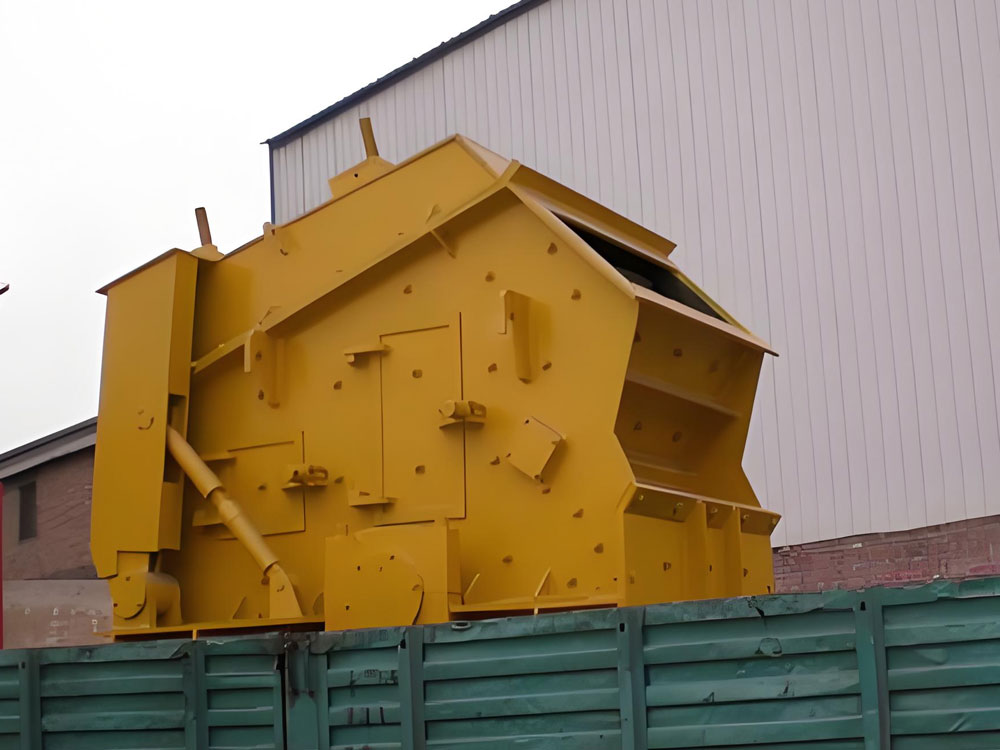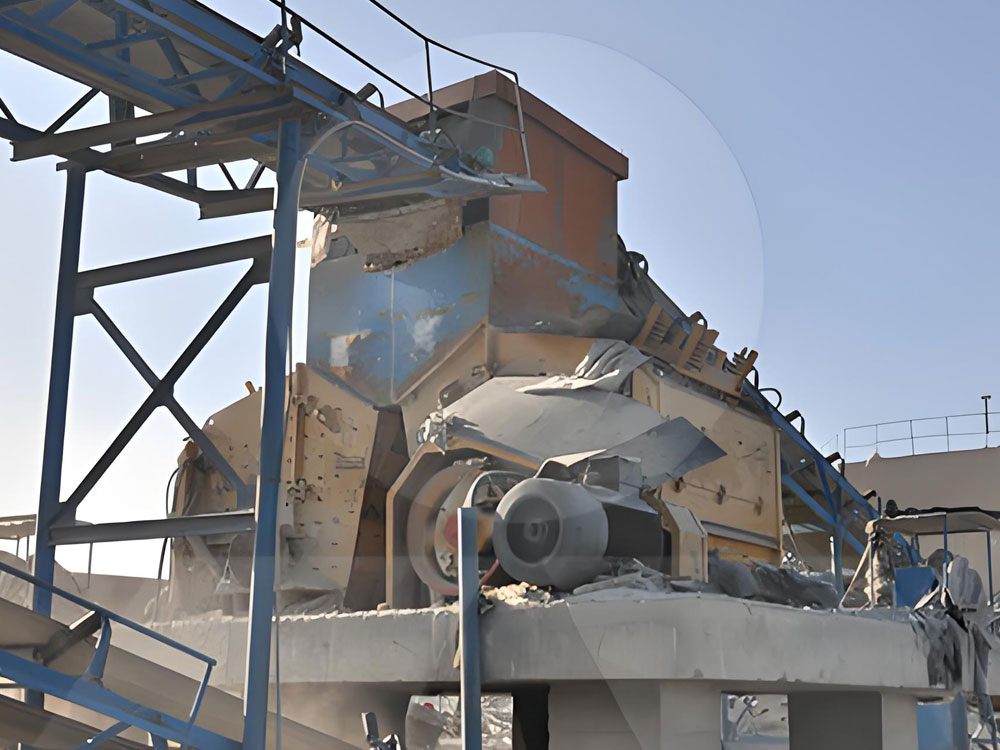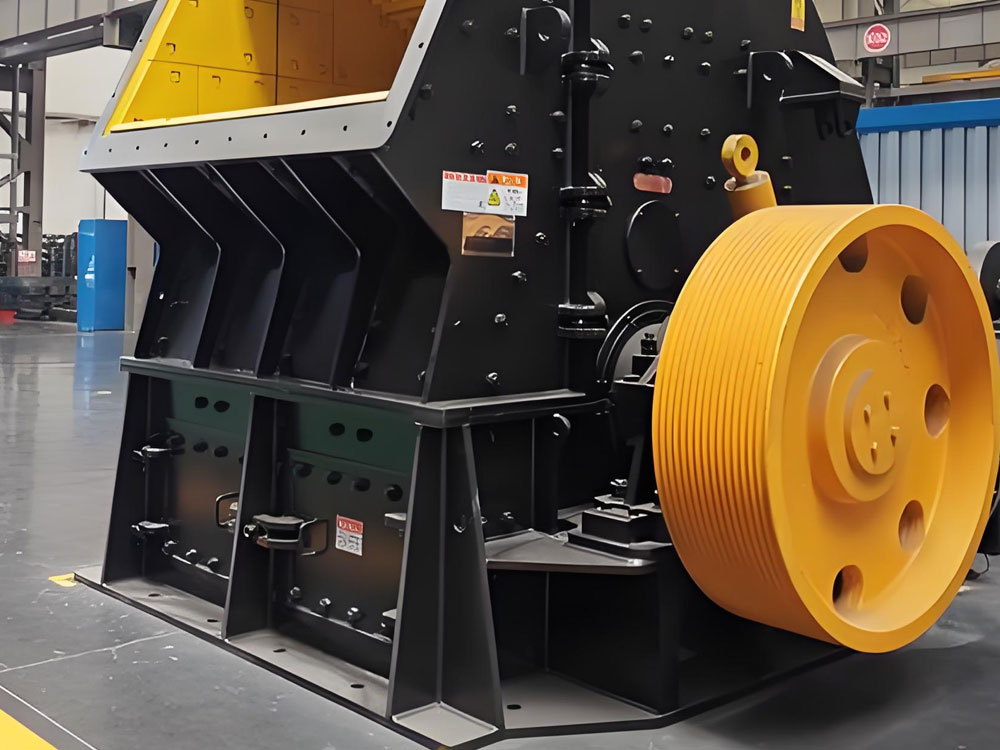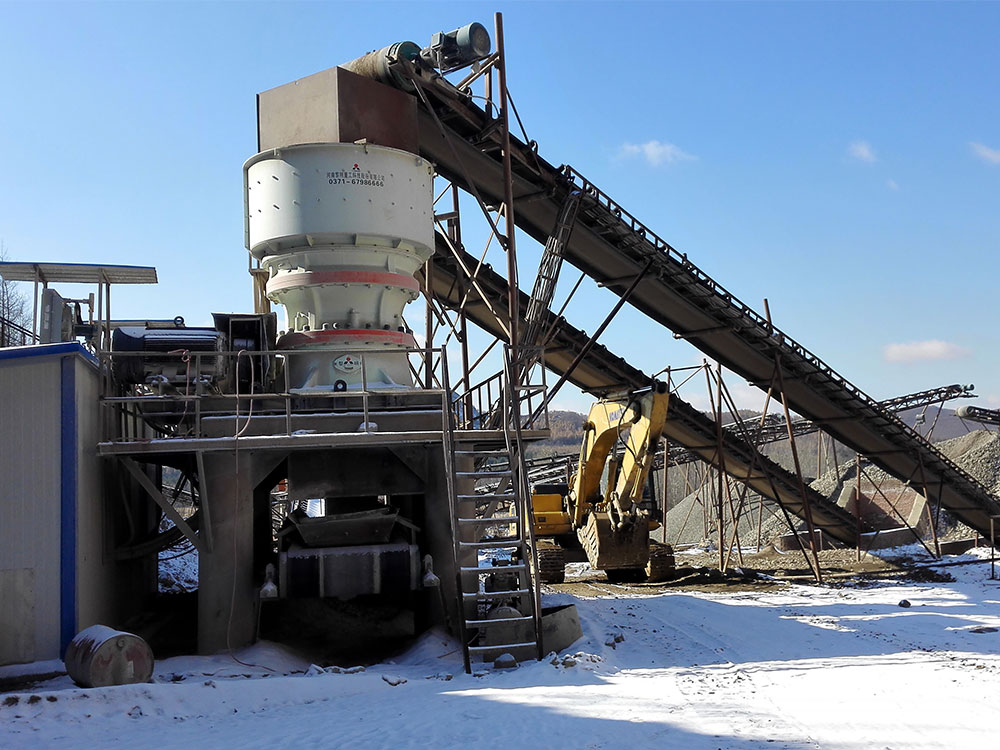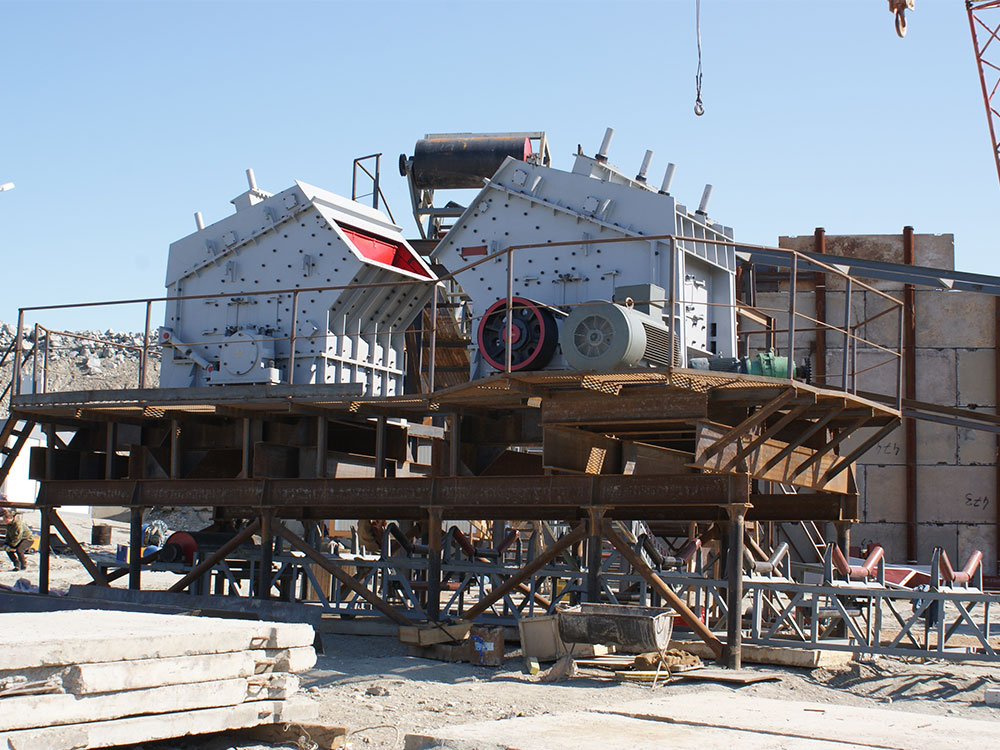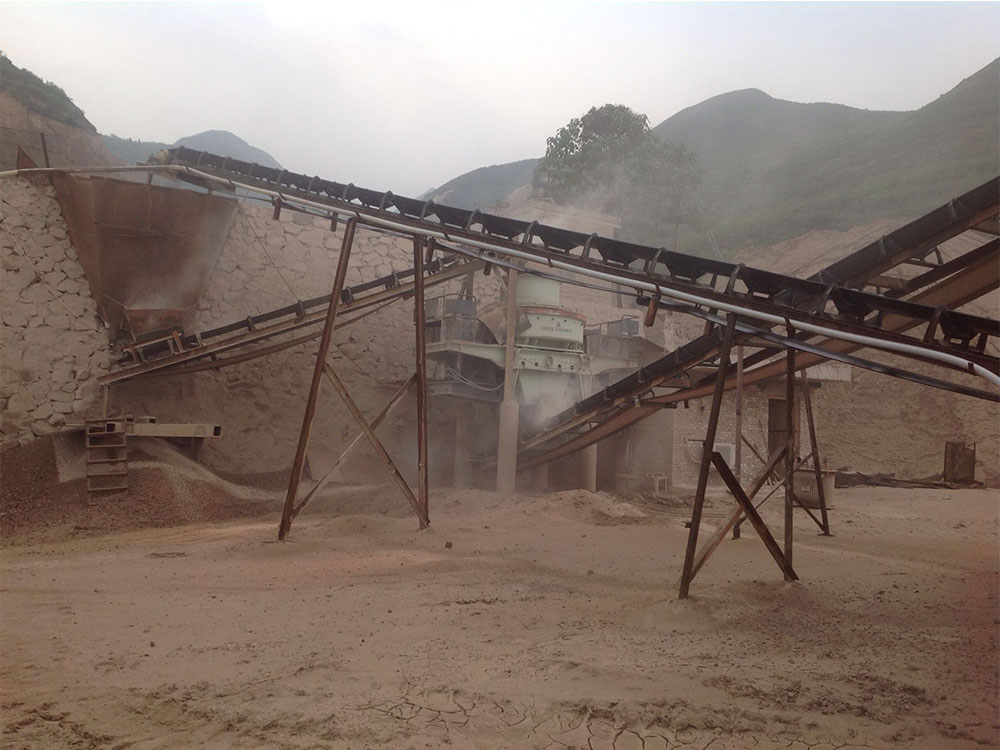The selection of crushing equipment plays a pivotal role in optimizing medium and coarse sand production. Among the most debated choices are cone crushers and impact crushers, each offering distinct advantages depending on the application. This article explores the differences between cone crushers and impact crushers in medium and coarse sand equipment, covering their working principles, applications, technical parameters, and suitability for specific projects.
Working Principles: How Cone Crushers and Impact Crushers Operate
Cone Crusher Mechanism
A cone crusher operates using a compressive crushing method. The machine’s mantle gyrates within a concave bowl, creating a narrowing gap where materials are progressively crushed into smaller particles. This layered compression (also called interparticle crushing) ensures uniform size reduction, making cone crushers ideal for producing medium-to-coarse aggregates with consistent gradation.
Key features:
- Compressive force for high-efficiency crushing of hard materials.
- Adjustable discharge settings via hydraulic or mechanical systems.
- Low operating costs for abrasive materials due to minimal wear on consumables.
Impact Crusher Mechanism
An impact crusher employs impact energy to fracture materials. Rotors with blow bars or hammers strike incoming feed, hurling it against impact plates or aprons. This high-speed collision shatters materials into angular or cubical particles, suitable for applications requiring precise shape characteristics.
Key features:
- High reduction ratios in a single crushing stage.
- Versatility for soft to medium-hard materials.
- Superior particle shape due to dynamic impact forces.
Pro Tip: Impact crushers excel in recycling and concrete applications, while cone crushers dominate in mining and high-abrasion scenarios.
Applications of Cone Crushers and Impact Crushers in Medium and Coarse Sand Production
Cone Crusher Applications
Cone crushers are widely used in medium and coarse sand equipment for processing hard, abrasive materials such as granite, basalt, and iron ore. Common industries include:
- Mining and Quarrying: Primary or secondary crushing in mineral processing.
- Aggregate Production: Consistent output for road base, concrete, and railway ballast.
- High-Abrasion Environments: Longevity in crushing abrasive stones without frequent part replacements.
Impact Crusher Applications
Impact crushers are preferred for softer or less abrasive materials in medium and coarse sand equipment. Typical use cases include:
- Recycling: Crushing demolished concrete, asphalt, and construction waste.
- Limestone Processing: Producing cubical aggregates for asphalt mixes.
- Primary or Secondary Crushing: Handling medium-hard materials like dolomite or sandstone.
Case Study: A quarry producing railway ballast switched to cone crushers for granite processing, reducing downtime by 30% compared to impact crushers.
Technical Parameters: Comparing Cone Crushers and Impact Crushers
Cone Crusher Specifications
When evaluating cone crushers in medium and coarse sand equipment, consider these technical parameters:
Parameter Typical Range
Feed Size Up to 300 mm
Capacity 50–1,200 t/h
Power Consumption 75–600 kW
Discharge Size 5–60 mm (adjustable)
Crushing Ratio 4:1 to 6:1
Advantages: Higher throughput for hard materials, lower operational wear.
Impact Crusher Specifications
For impact crushers in medium and coarse sand equipment, key metrics include:
Parameter Typical Range
Feed Size Up to 800 mm
Capacity 30–500 t/h
Power Consumption 45–500 kW
Discharge Size 10–50 mm (adjustable)
Crushing Ratio 10:1 to 20:1
Advantages: Superior shape output, flexibility in handling varied materials.
Choosing Between Cone Crushers and Impact Crushers for Medium and Coarse Sand Equipment
Material Hardness and Abrasiveness
- Cone Crushers: Optimal for hard, abrasive rocks (Mohs hardness ≥5).
- Impact Crushers: Suitable for softer materials (Mohs hardness ≤4).
Desired Output Shape
- Impact Crushers: Produce cubical particles ideal for asphalt and concrete.
- Cone Crushers: Generate flaky or elongated grains for road bases.
Operational Costs
- Cone Crushers: Lower wear costs in abrasive environments.
- Impact Crushers: Higher maintenance for hard materials but lower initial investment.
Understanding the differences between cone crushers and impact crushers in medium and coarse sand equipment is critical for maximizing efficiency and cost-effectiveness. While cone crushers dominate in high-abrasion, hard-material scenarios, impact crushers shine in applications prioritizing particle shape and versatility. By aligning equipment choice with project requirements—material properties, output goals, and budget—operators can ensure optimal performance inaggregate production.
Final Recommendation: Conduct a material test and consult equipment manufacturers to determine whether a cone crusher or impact crusher better suits your medium and coarse sand production needs.


